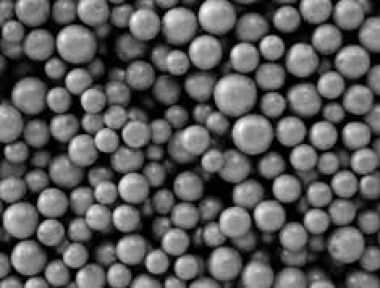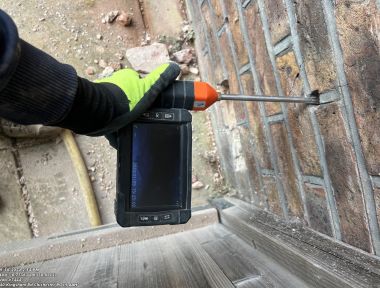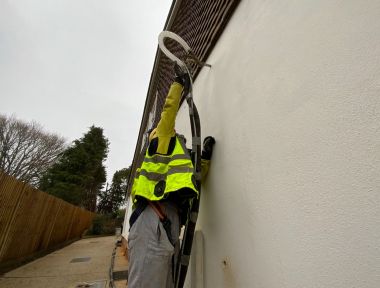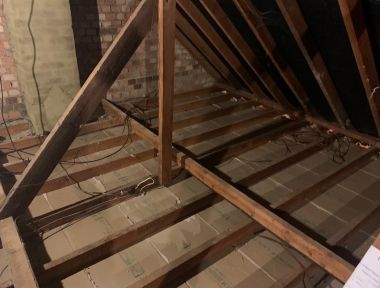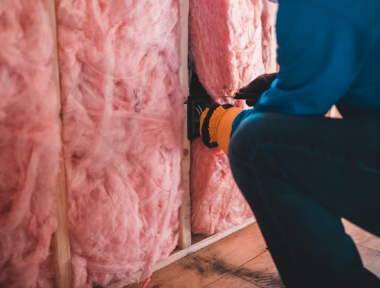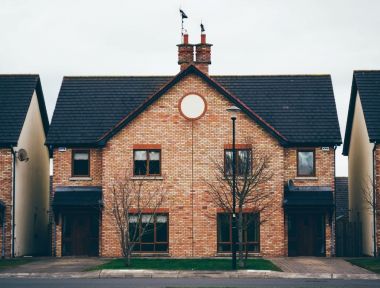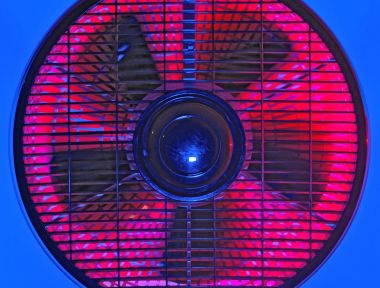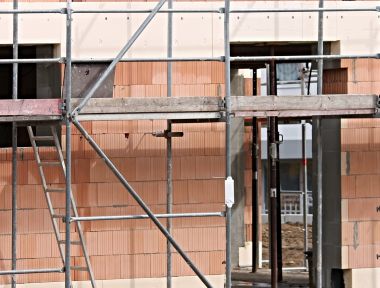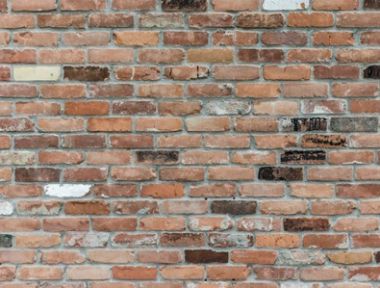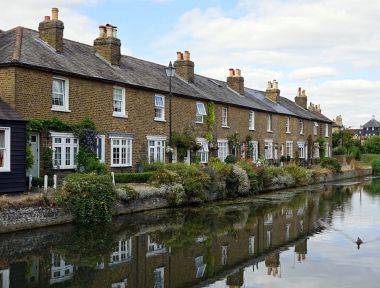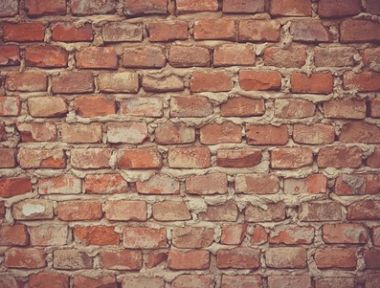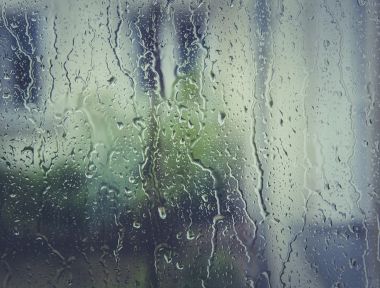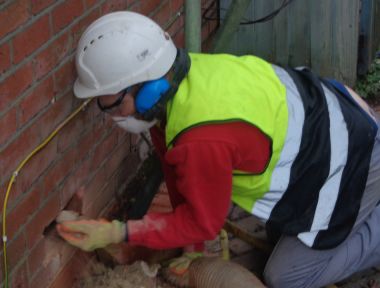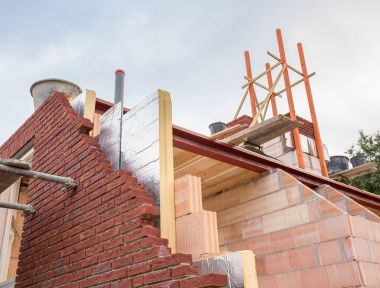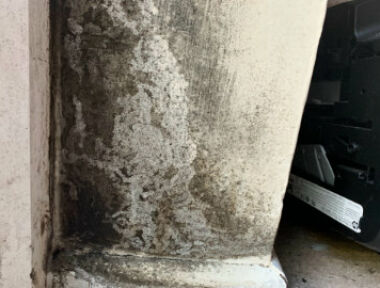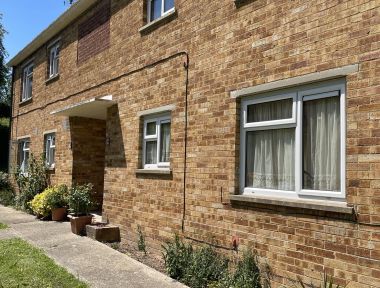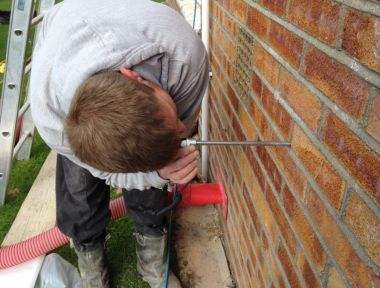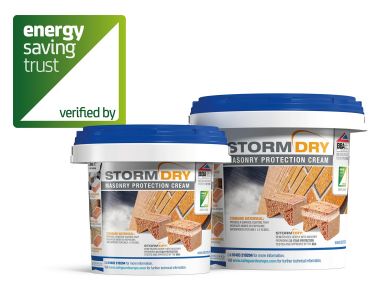Thanks to government policy more and more homes across the UK are having cavity wall insulation installed. While it can be beneficial to the homes installed when done correctly if it’s done on an unsuitable property or has been installed wrong it can lead to the insulation becoming damp, potentially causing both health and structural issues.
When cavity wall insulation is installed it can help cut heating bills. External walls account for around a third of the heat loss in the average home and some studies suggest that for every square metre of cavity wall insulation a tonne of carbon dioxide will be saved over the average building's life. Not only does this help the government achieve climate change goals but it can cut household bills.
While there are benefits, cavity wall insulation can also fail and cause additional problems, including when it becomes damp. One of the ways insulation becomes wet is if it’s installed in an unsuitable building, including those that regularly experience wind-driven rain. Mortar that is in a poor state of repair, properties experiencing flood damage and water tracking across rubble can also cause the insulation to become damp.
It can be difficult for issues with cavity wall insulation to be spotted early on, with some problems not showing any outwards signs until a few winters have passed. Signs that your insulation has become wet include plaster blistering and crumbling and mould growth. While at first the problems of wet wall cavity installation might be mild, if left unchecked they can have a serious impact. Not only does mould look unseemly it can have an impact on your health, being linked to cold-type symptoms, skin irritation and asthma attacks, and the structure of your home.
Should you suspect your cavity wall insulation has become damp there are a number of ways professionals can assess if you have any serious issues. The techniques include thermal imagery, moisture and damp meters and brick removal.
Should your insulation have become wet it is very difficult to dry out and will typically need to be removed. This not only means additional work taking place in your home but it can quickly result in costs mounting up, including the cost of hiring a professional company to do the work and repairing any damage that the damp has caused inside your home.


